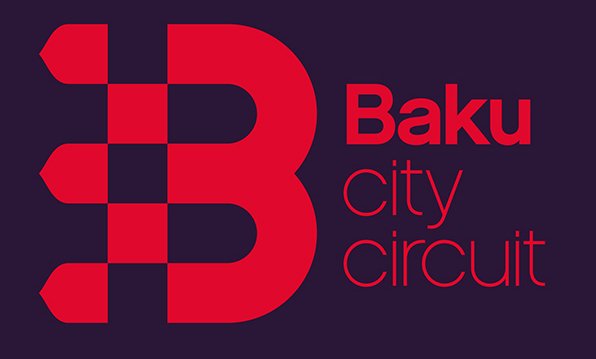-
Address:Heydar Aliyev, Nakhchivan, AZ7000
The archaelogical monument in the South - East of the city of Nakhchivan. In the scientific literature it is known as the fortress of Yazdagird but among people as Kohnagala, Torpaggala. The date of construction isn’t known exactly. Duting investigations around the fortress area in 1957-59, very rich archeological materials, especially the pottery fragments, stone maces were discovered. According to the archeological investigations such kinds of stone maces were used in the Salt mines in the Bronze Age (3-2 milleniums B.C.) It is expected that the fortress was built by Yazdagir (632-51/52), the Sasani III ruler. According to the information of O.Chalabi, a Turkish traveler, the Mongols destroyed the fortress. Later Sharden and Frehang who were in Nakhchivan reminded the very fortress. The fortress acted till the XVIII century. In the plan of 1827 this fortress was stated schematically. According to the plan the fortress consists of two parts- the lesser fortress (Naringala) and the larger fortress. The Larger fortress compared with the Naringala underwent more destroy. The rightangle area (185x400 m) of the Larger fortress is 7400 m2. The undestroyed walls of this fortress built of clay and sand mixture, the building remainders built of square form (19x19x5 cm) pink and yellow bricks, expected to be built later in comparison with the Naringala, prove that the building belongs to the Middle Ages.
The Boyukgala (Larger fortress) was built according to the relief of the hill it situated that’s, a bit straight in the North-East and North-West but in the South direction zigzag. The outer projections were completed with the conic towers of which, the diameter was changed from 5,7 m to 9 m. The thickness of the undestroyed walls of the Boyukgala is 1 m, but the hight reaches 5 m in some places. It is better to state that the tomb of Prophet Noah in the West corner of the fortress and remainders of other constructions still remain.
In the Nakhchivan part of the fortress in a square form (150x150 m) remainders of the buildings still remain. The thickness of the undestroyed walls built of stone mixed with clay mixture reaches from 3,5 m to 4 m. The Naringala mainly possesses the round towers with the diameter of 10 m. It is supposed that the gate of the Naringala was side by side with the tower in the West part. The wall encircling Nakhchivan remained undestroyed in the West part. The circled towers growing narrower upright in the North-East point in the most cases remained undestroyed. There is an underground shelter mine for 300 people in the South-West. A hall was opened in the upper part for ventilation and lighting. The secret way was leading to the East from the mine, perhaps, goes to the Nakhchivanchay. The two wells of the kehriz passing under the Naringala are situated inside the fortress. One of the wells is inside the cave. One of the characteristic peculiarities of the fortress is that there was arranged a trap between the Boyukgala and Naringala of 22,5 m in width. Though the fortress was much destroyed but the undestroyed parts attract attention for its unusualness.



.png?v=DqKtbngFu8-eBM77oNP77E2SV2gNF4_tUk0Y9IcK12s)

















